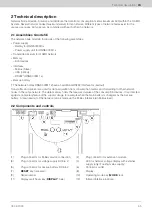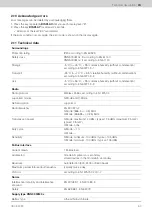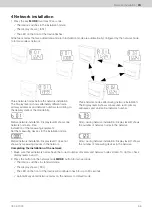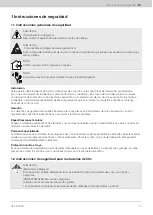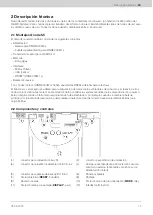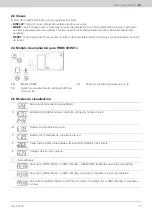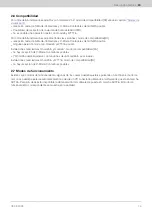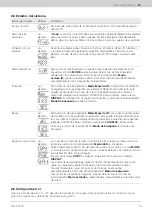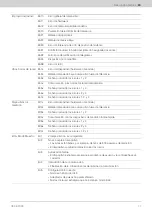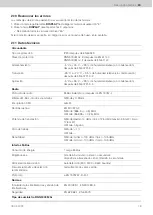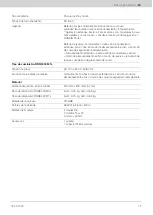
Assembly instructions |
EN
3.7 Battery change
Note
Note the
Safety instructions for lithium batteries
.
1. Make sure that at least one battery is connected at all times.
Note
Without power supply all data will be lost!
If you want to change the main battery, a backup battery must be connected and vice versa.
2. Pull the battery plug of the old battery out of the connection for power supply (2).
3. Remove the old battery.
Note
Do not dispose of batteries in the household waste!
4. Insert the new battery.
5. Insert the battery plug of the new battery into the connection for power supply (2).
P
The display shows: [ bAtt ]
6. Press the button
DISPLAY
.
Note
If you reconnect the old battery: Do not press the
DISPLAY
press! Otherwise an incorrect service life will
be displayed.
P
The recalculation of the lifetime of the new battery starts.
Depassivation
If the main battery is stored for a long time, especially at storage temperatures of more than 30 °C, the battery may
become passivated. The battery can then not immediately supply the network node with sufficient energy.
If the network node detects a passivated battery, it automatically starts a depassivation cycle. This is signalled by a
flashing LED on the front panel.
The depassivation can take a few minutes. Afterwards the network node starts in the operating mode
IdLE
.
If the battery is severely undercooled, passivation can also occur in other modes (for example in installation mode)!
3.8 M-Bus connection
At each network node, the M-Bus can be connected temporarily or permanently (permanently installed). The
connection is made using the plug on one of the two connectors of the M-Bus service connection (3). The plug is
included in the scope of delivery.
Note
An M-Bus gateway and an M-Bus service tool must not be connected at the same time!
09.03.2023
64






